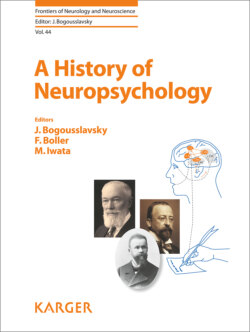Читать книгу A History of Neuropsychology - Группа авторов - Страница 51
На сайте Литреса книга снята с продажи.
A Brief Introduction of the Japanese Script System
ОглавлениеSince the symptom of Gogi aphasia is believed to be closely associated with a peculiar difficulty in reading and writing, a brief introduction of the Japanese script system might be necessary before describing the syndrome. In short, Japanese script is a hybrid of two different types of characters. Kan-ji was originally imported from China and literally means Han-letter. The Japanese applied these Han-letters to corresponding Japanese names with the similar concept as well as to Japanese syllables with similar Chinese sounds. This effort resulted in the complicated use of kanji for both names of concept and notification of pronunciation. Since Japanese system of syllables are quite different from Chinese, kana characters for Japanese syllables simplifying kanji form slowly developed. Kana has one letter-one syllable regularity, and the number is rather small, that is, 46. A kanji has multiple readings with no regularity. Also, its inventory is huge. For instance, the Japanese Government recommends using no more than 2,136 kanji in newspapers or laws to curb the kanji numbers in daily use. In usual Japanese script, semantic part is written by kanji and morphemic part (grammatical part) is written by kana.
